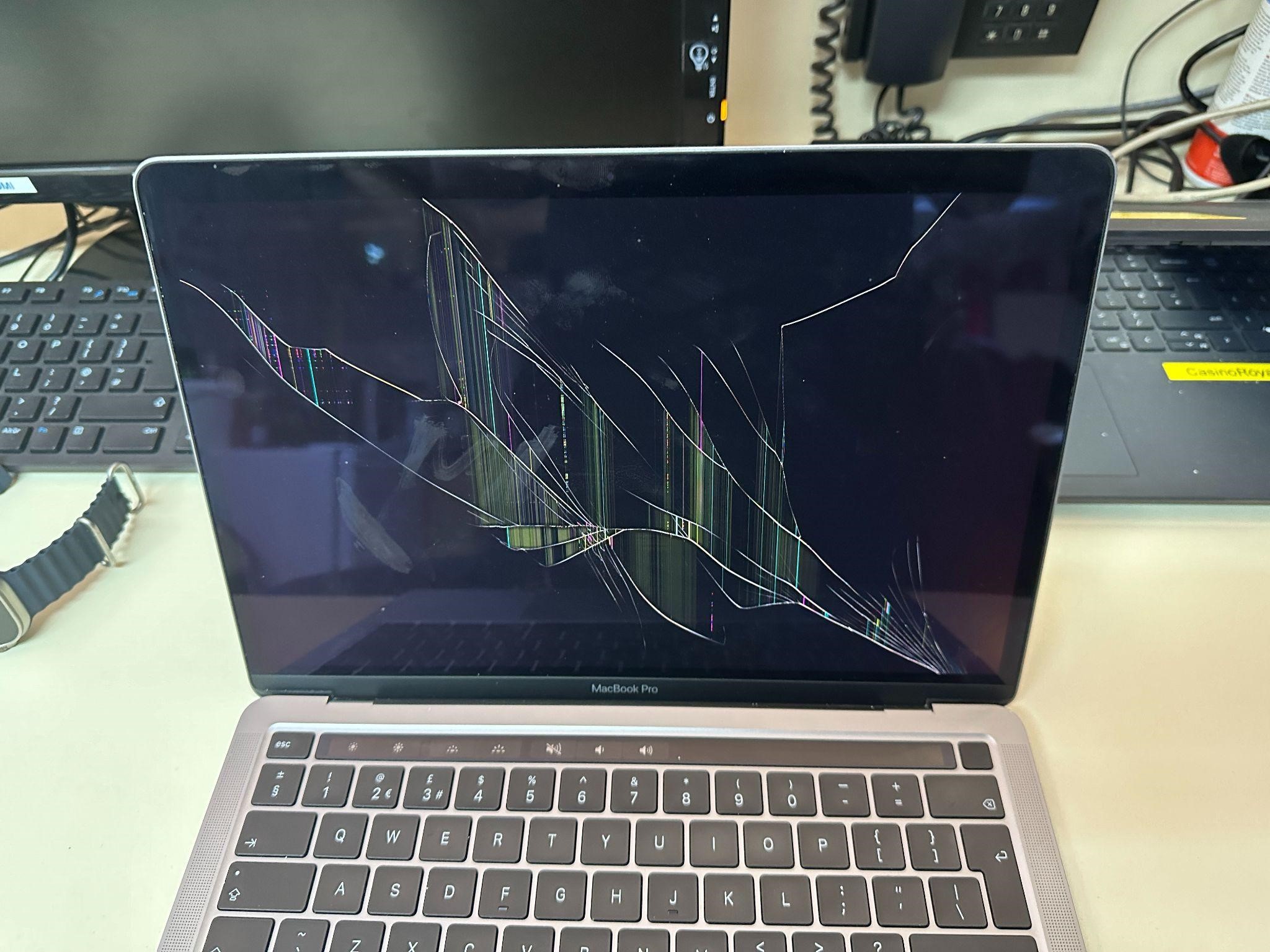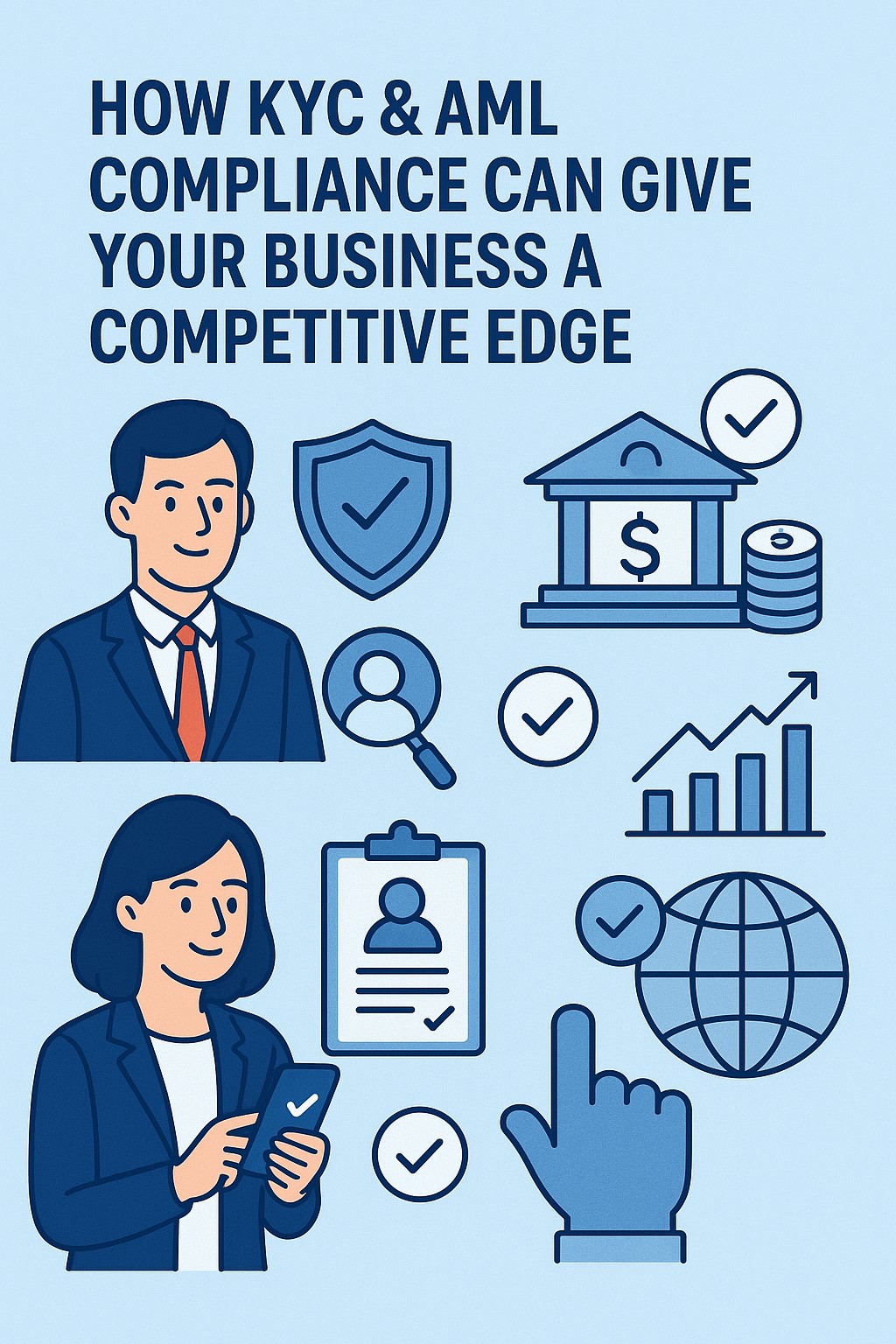Inside the World of Transaction Monitoring: How Tech Is Fighting Dirty Money
- 3597 Views Technology
- MacRAES

Millions of financial transactions are made around the world every second online shopping, money transfer, digital wallet top-up, and so on. As with the conveniences we are now experiencing with real-time payments and borderless banking, more advanced financial crime has become possible. Transaction monitoring is a key process at the centre of this fight against this hidden threat.
The concept of transaction monitoring may seem an issue of interest to banks and regulators only, but it serves a vital purpose in maintaining the financial system safe to all, including the common user and even the entire economy.
What is transaction monitoring?
Transaction monitoring refers to the method that financial institutions apply to review customer transactions in order to detect any suspicious or illegal activity. This will involve all indicators such as fluctuations in transfers, international wires to risky jurisdiction, or trends that are similar to money laundering methods.
Conventionally, these systems worked based on a number of predetermined rules. As an illustration, a one-off transaction of more than 10,000 pounds could be flagged up, as could regular payments that were just under any regulatory limits. Although these regulations remain to be, they are not sufficient to address the complex and ever-changing environment of financial crime anymore.
The failure of Traditional Methods Why
The criminal networks are becoming more intelligent, quicker and better-equipped with technology than ever. They organize transactions in a way that they cannot be detected, employ synthetic identities and launder money through several levels of accounts within a few seconds.
Transaction monitoring systems of the past tend to fall behind. They generate high volumes of false positives, which incorrectly identify legitimate customer activity as a fraud, and they do not detect minor or sophisticated fraud patterns. The result? Exhausted compliance departments, exasperated clients, and, sometimes, overlooked red flags which may result in huge fines or even loss of reputation of financial institutions.
The Answer is Technology
The true disruptor in this area is the emergence of artificial intelligence and machine learning. In contrast to the fixed-rule technology, AI-based transaction monitoring systems are able to analyse gigantic sets of data in real-time and identify patterns that otherwise would not be noticeable by the human eye or conventional software.
These systems keep learning and developing. By analyzing the past data, they are able to detect new methods of money laundering that they have not been aware of and modify their models on that basis. Not only does this decrease the amount of false alarms, but it also has a better likelihood of finding out real threats before they are able to escalate.
As an example, a machine learning system may observe an unexpected change in the behaviour of a user, i.e. making several foreign transfers at unusual times, and compare it with previous history, geography, and transaction partners to find out whether it is suspicious. The result is more efficient, quicker decision-making.
What Makes It Important to People
The majority of individuals have never witnessed the transaction monitoring, but they use its results in daily life. When a fraudster is interrupted in his/her fraud, when an account is blocked against takeover, or when a criminal operation is thwarted, transaction monitoring is doing its job in the background.
More to the point, the long-term consequences of financial crime are something that everyone feels. Money laundering is not only a monetary problem it finances terrorism, drugs, human trafficking and corruption. When such activities are not regulated, they undermine the confidence of the people, weaken economic growth and cause economic instability in the world.
The more sophisticated transaction monitoring contributes to breaking these cycles and makes it more difficult for criminals to transfer illegal money in the financial system.
It is Not Only Big Banks
Previously, advanced monitoring applications were only accessible to big banks around the world that had high compliance budgets. Today the situation has changed. The modern APIs and cloud-based platforms allow even small fintech startups and digital-first institutions to incorporate smart and scalable transaction monitoring systems.
This is especially significant in the UK thriving fintech market. Startups have become everything, including digital wallets and crypto exchanges, and this is why they should have lightweight and powerful tools that will help them to be compliant with the regulations without hindering their business development.
Smart monitoring is not merely a regulatory compliance exercise; it is about gaining customer confidence and safeguarding your image in a very competitive marketplace.
A Greater Financial Future
The systems that are constructed to prevent criminals are becoming more advanced and criminals are getting more advanced. Intelligent automation, real-time cooperation between institutions, and increased data-sharing are the future of transaction monitoring that will help avoid the situation when bad actors fall through the cracks.
Transaction monitoring is not only about identifying bad behaviour, at its heart, it is about building a more transparent, resilient and responsible financial ecosystem. It is a cyber defence system of a cyber economy.
Share on social media:


